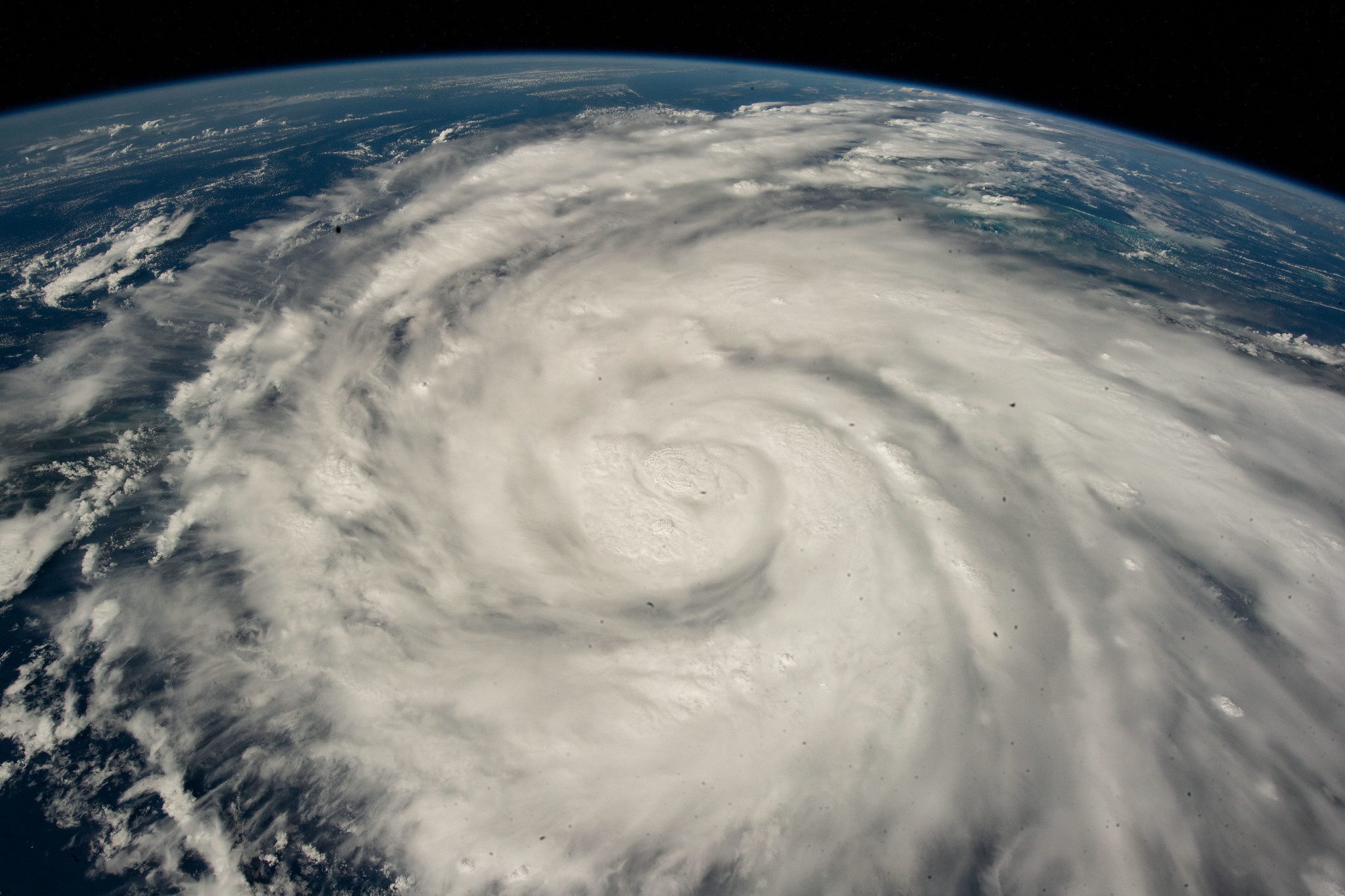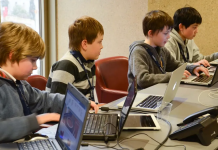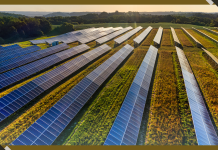Written by: Amy White and Shannon Engstrom
Extreme weather events such as hurricanes, flooding, wildfires, and heat waves, are increasing in intensity, frequency and duration due to climate change. Recently, there has been a spate of devastating storms across the Caribbean and North America, with the latest reports that Hurricane Ian has left two million without power in Florida after shattering Cuba’s electrical grid.
The example of Hurricane Fiona, which first wreaked havoc in Puerto Rico and then struck the coast of Atlantic Canada, is unusual in that storms do not usually maintain their high wind speeds this far north – highlighting the link between warming seas and rising storm intensity.
Countries which face the greatest risks from these events, including the territory of Puerto Rico, are often the least equipped to respond effectively due to weak critical infrastructure. Widespread, long-lasting power outages put lives at risk and expose system vulnerabilities. Building resilience to natural disasters is not only necessary to protect people, it’s also an opportunity to find sustainable solutions that can help mitigate climate change.
In the US, between 2000 and 2021, approximately 83 percent of reported major power outages were attributed to weather-related events. The largest blackout in US history, and the second largest in the world, was caused by Hurricane Maria in 2017. This event devasted the north-eastern Caribbean, including the US territory of Puerto Rico.
How has Puerto Rico been affected by the hurricane?
The catastrophic effects of Maria are still being felt today by Puerto Rico’s population of approximately 3 million. According to the Associated Press, since Maria struck in September 2017, the government has only completed “21 percent of more than 5,500 official post-hurricane projects, and seven of the island’s 78 municipalities report that not a single project has begun.”
Almost five years to the day on 18 September 2022, Hurricane Fiona struck the beleaguered island, further battering its already weakened and ageing electrical infrastructure. According to the US Department of Energy, the territory experienced approximately 1.37 million customer power outages within the first 24 hours (93 percent of total customers). Nearly 10 days later the island had approximately 491,000 outages (33 percent of customers).
Power outages are nothing new on the island. The recently privatised LUMA Energy, the company responsible for the Puerto Rico’s energy supply, has received widespread criticism over chronic power outages and rate hikes which have led to protests. Puerto Rico is in dire need of reliable, affordable power that can weather the impacts of climate change and reduce its dependence on fossil fuels.
Solar energy projects support resilience and recovery
Thankfully, Puerto Rico is well positioned to make the transition to renewables, particularly solar energy due to its year-round exposure to sunlight. There are many examples of community groups and NGOs helping people to access solar power on the island.
Casa Pueblo has been leading the clean energy revolution in Puerto Rico and running on solar power since 1999. The environmental group has installed hundreds of solar energy systems, so when Fiona hit, people were able to maintain an emergency supply of energy. In one case, a family was able to continue life-saving dialysis treatment for their daughter. The organization’s goal is to achieve 50 percent of the island’s energy capacity using solar power. The group is also supporting an equitable recovery by training dozens of womento install solar panels since 2018.
Solar Responders is another non-profit organization with a clear mission: to ensure “no lives are lost because first responders lack electricity.” Formed in the wake of Hurricane Maria, the organization provides solar installations and storage solutions to fire stations. Recognizing the ongoing challenge of disaster response and a weak energy grid, so far they have provided solar solutions to 19 stations, 260kWh of solar production, 1000+ hours of backup power and served 335,000 people.
US-based Footprint project is focused on responding to disasters with green solutions – providing mobile solar power so first responders can access power and help those in need. In January 2020 they deployed solar generators to help relief efforts after a series of earthquakes hit the island. Clean energy enabled responders to power and recharge critical devices, communications equipment and lighting.
The island’s first electric power cooperative, Cooperativa Hidroeléctrica de la Montaña, runs a solar project that plans to install hundreds of photovoltaic systems on the rooftops of local businesses and community centres. Through its cooperative model, the organization is uniquely placed to support the region’s low-income and often disenfranchised members of the community. When it comes to development of renewable energy projects in these types of communities, the cooperative’s Executive Director, C.P. Smith had this to say:
“To make renewable energy projects accessible to a large swath of vulnerable and low resourced communities, stakeholders need to each understand their particular role to accelerate the development of these projects. Government and NGOs – rather than donating systems wholesale – should take on the role of buying down the cost of the system to make the total project cost accessible for communities with scant organic resources.”
These examples show what can be done to harness clean energy solutions – both in response to disasters and as a sustainable alternative. But currently the drive behind these projects is largely in the hands of non-profits.
What lessons can we learn from Puerto Rico?
The Biden administration has declared its continued support to Puerto Rico to help ongoing relief efforts in response to Hurricane Fiona – from supporting emergency response to expediting power restoration to investing in long-term climate resilience. But clearly more government and NGO support is needed to help rebuild communities and invest in sustainable solutions.
Solar energy can be a real lifeline for places like Puerto Rico which have unstable, outdated infrastructure that is reliant on fossil fuels. Governments and the private sector can work together to scale up viable clean energy. It’s not just about keeping the lights on, it’s also about working at pace towards the Sustainable Development Goal 7: every human’s right to affordable, reliable, sustainable, and modern energy for all.
Header Image Credit: NASA Johnson/Flickr (CC BY-NC-ND 2.0)
Republished with permission from World Economic Forum







